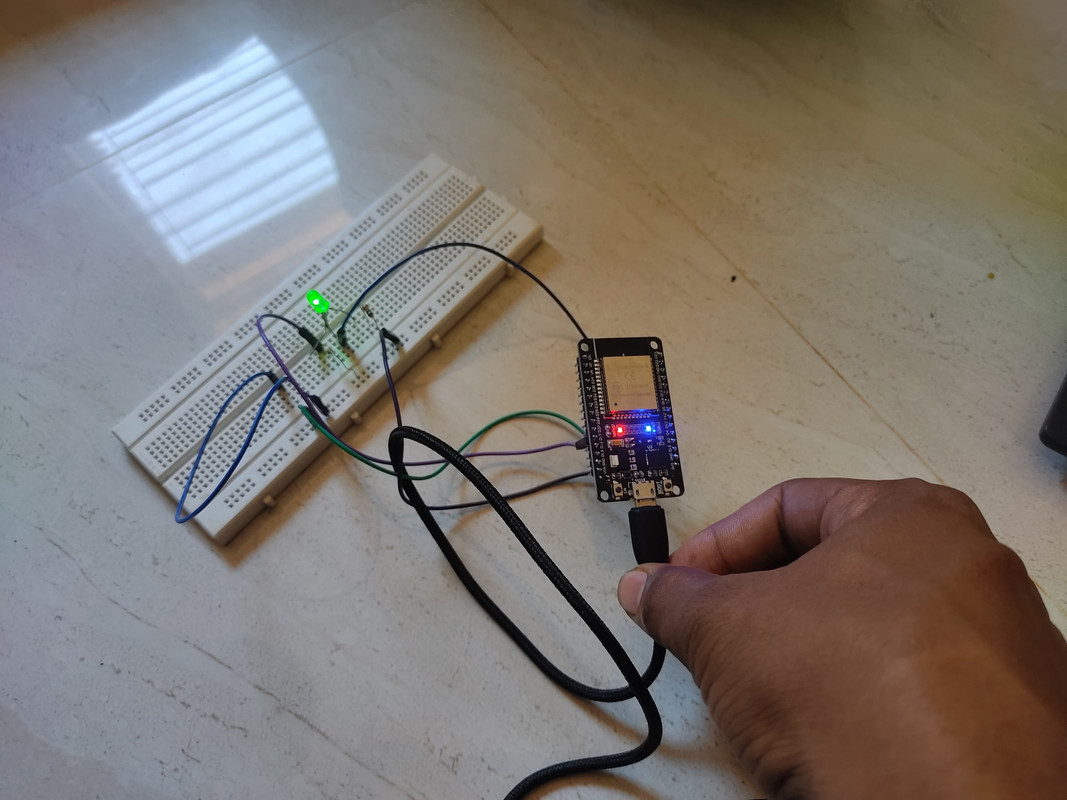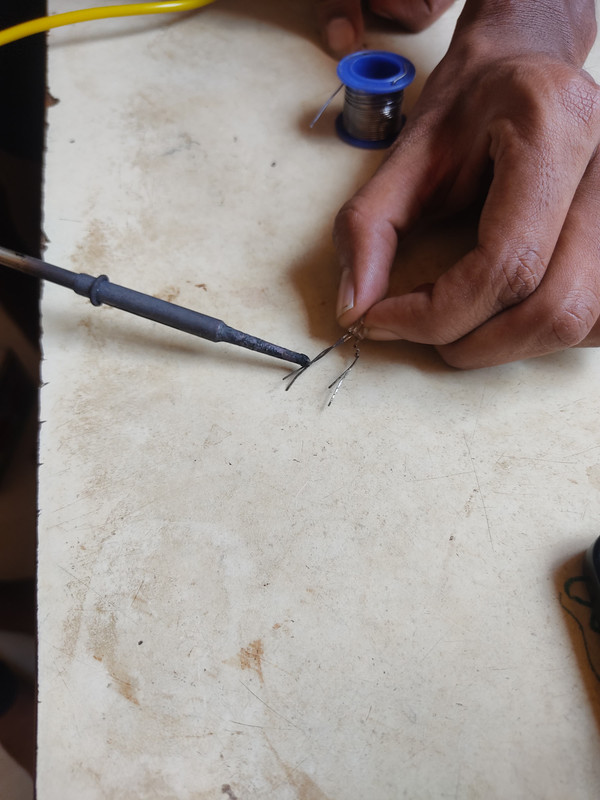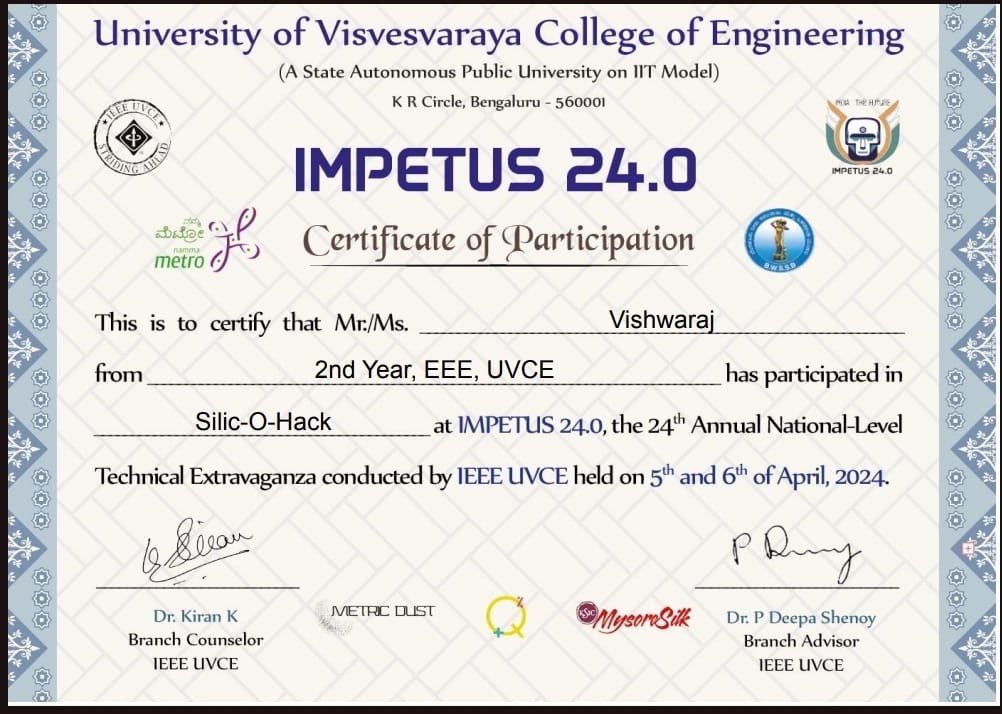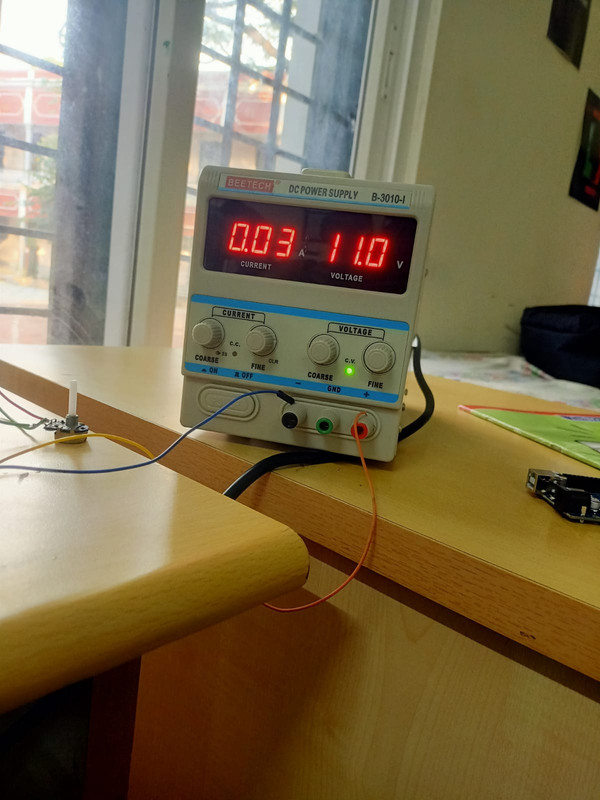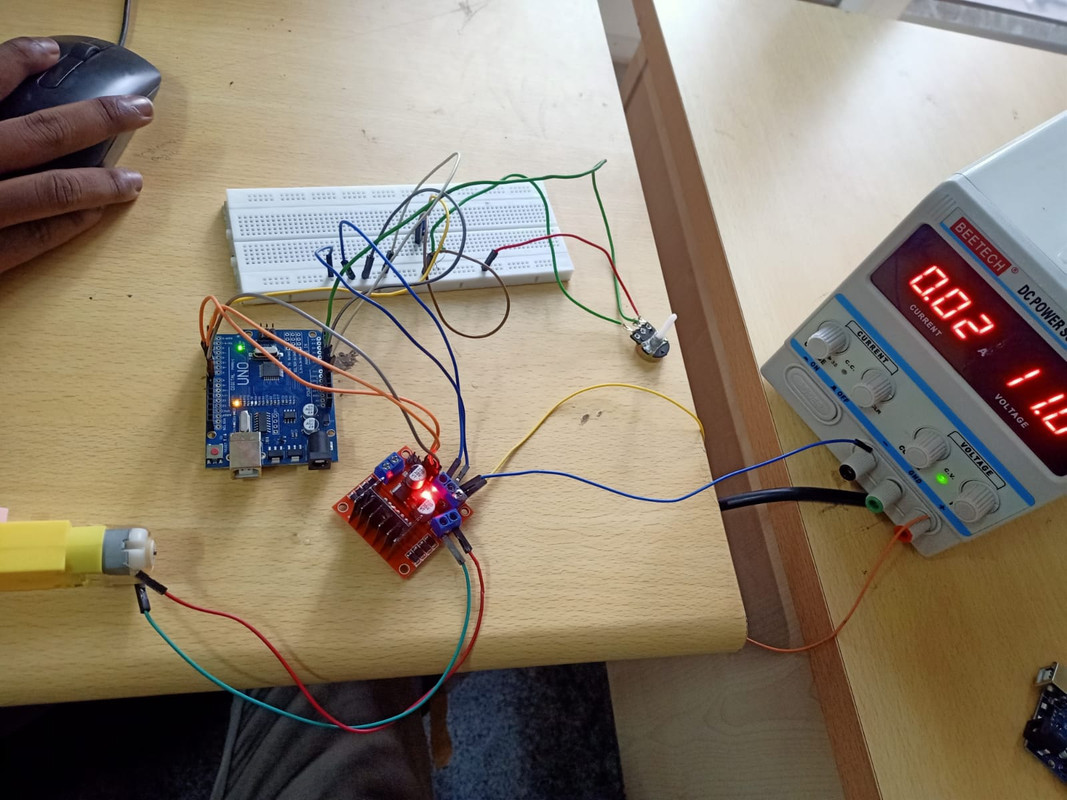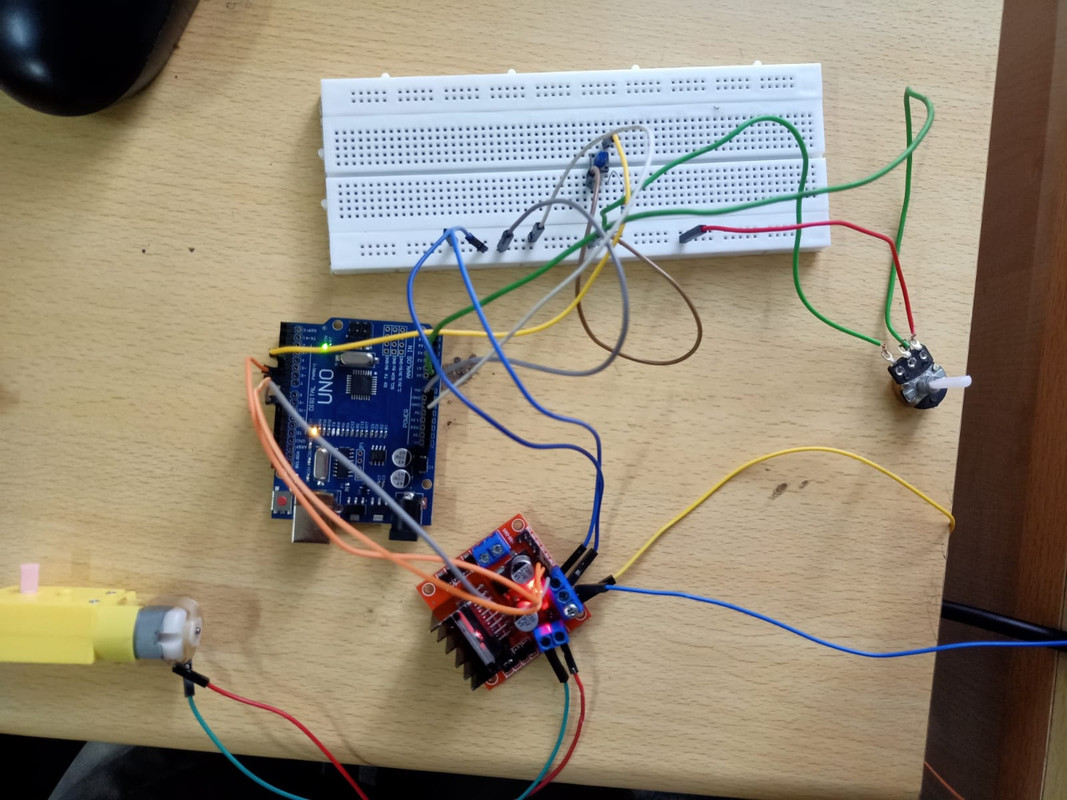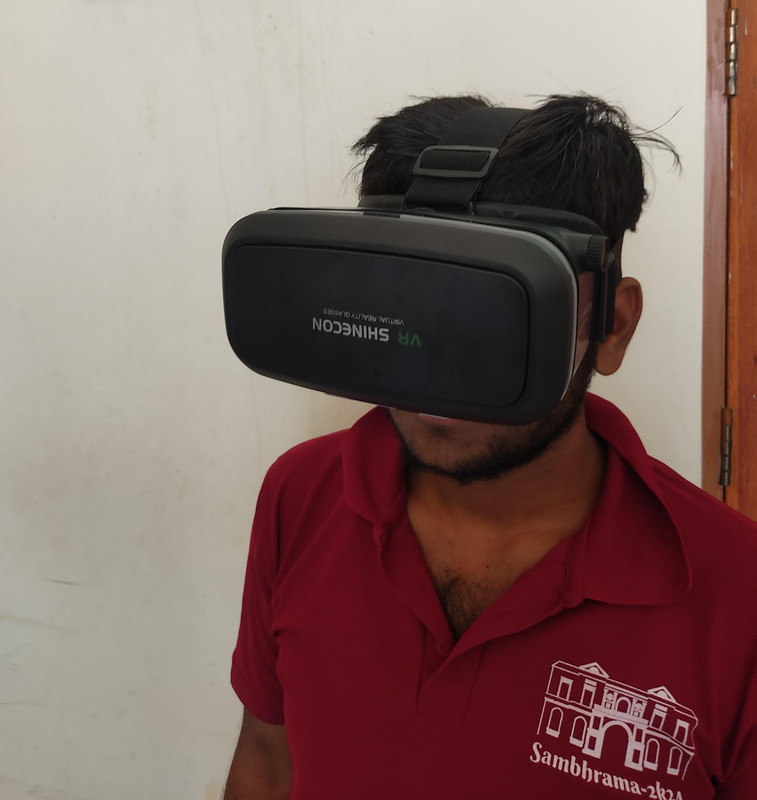
COURSEWORK
Vishwaraj's IOT-001 course work. Lv 1
| Vishwaraj Gudalkar | AUTHOR | ACTIVE |

2 / 10 / 2024
COMMON TASK REPORT
1) Task: Get familiar with the command line on Ubuntu and perform subtasks
I was initially a beginner in understanding Ubuntu and its command-line interface. After completing this coursework, I learned the basics and simple use cases of Ubuntu command lines.
- I used the ls command to list the files and folders.
- To create folders, I used the mkdir command to create a folder named 'test'.
- I used cd test to navigate into that folder.
- To create files, I used the touch command and created a file named yuva.txt.
- I finally used the echo command to add text to files and the cat command to display the contents.
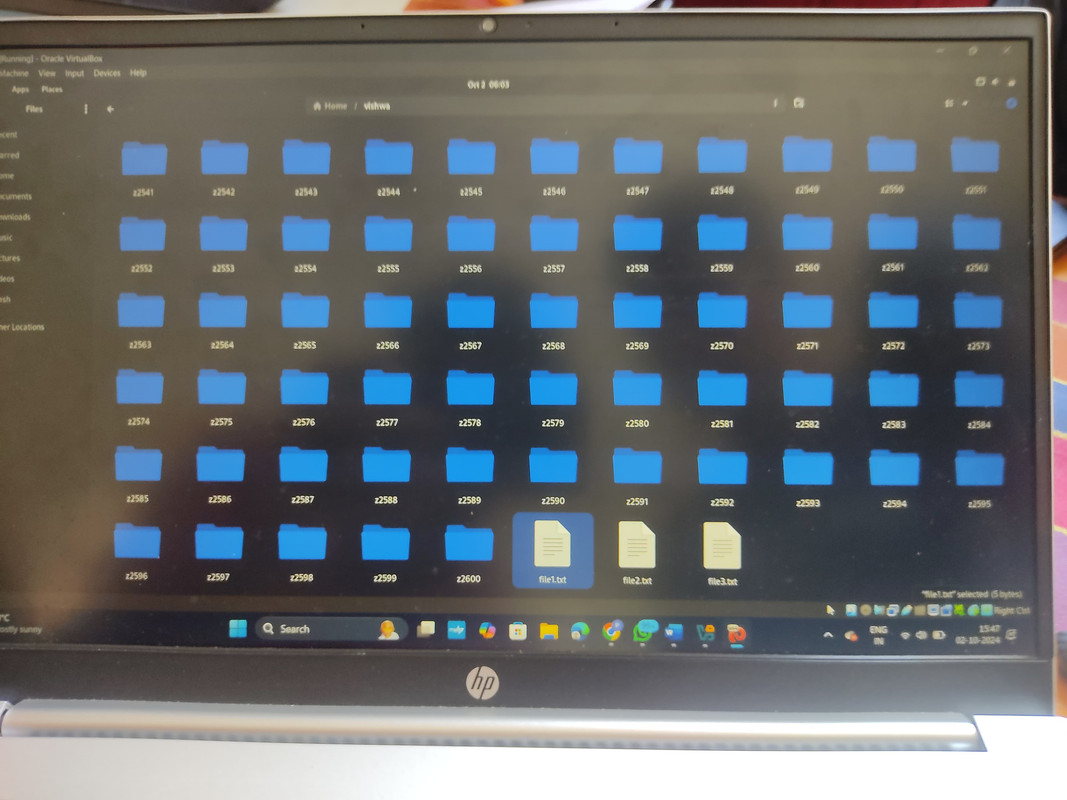
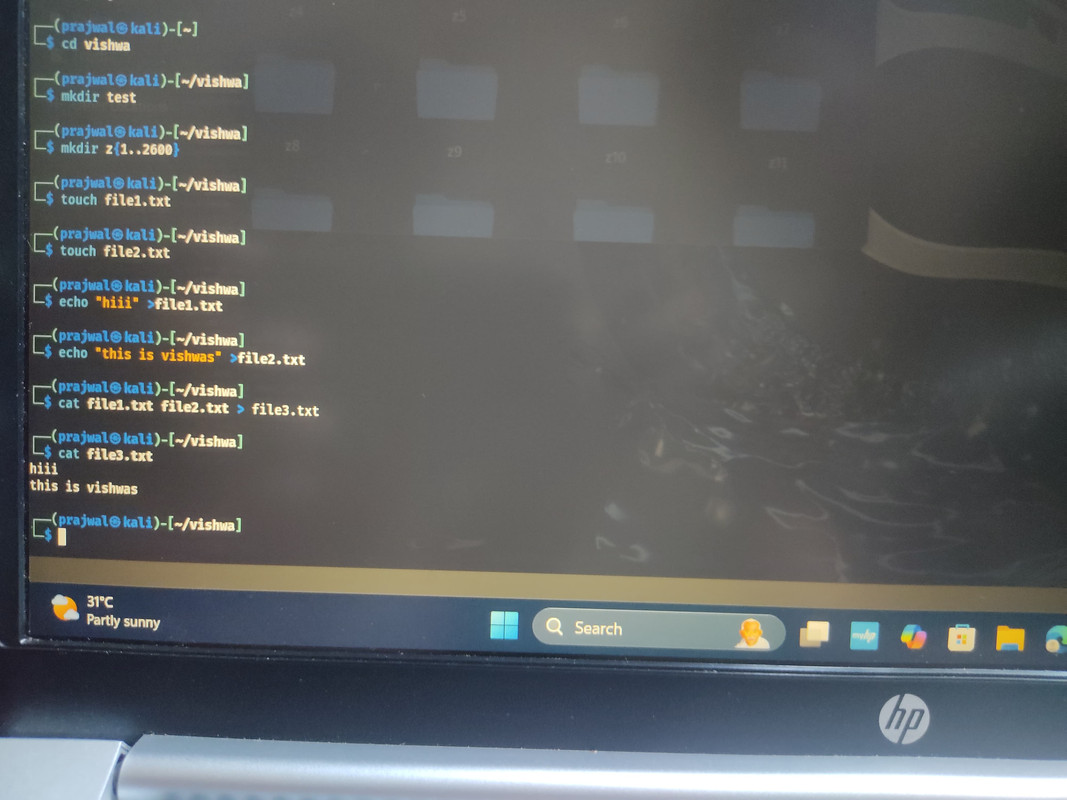
2) Tinkercad
Before starting the coursework, I already had some basic knowledge of Tinkercad through my friends. It was an easy task for me, and I completed it with enthusiasm.
I built a circuit using an Arduino Uno board and an ultrasonic sensor with a display attached to it, which measures the distance of objects placed in front of the ultrasonic sensor. By uploading the provided resource code, I successfully completed the circuit.
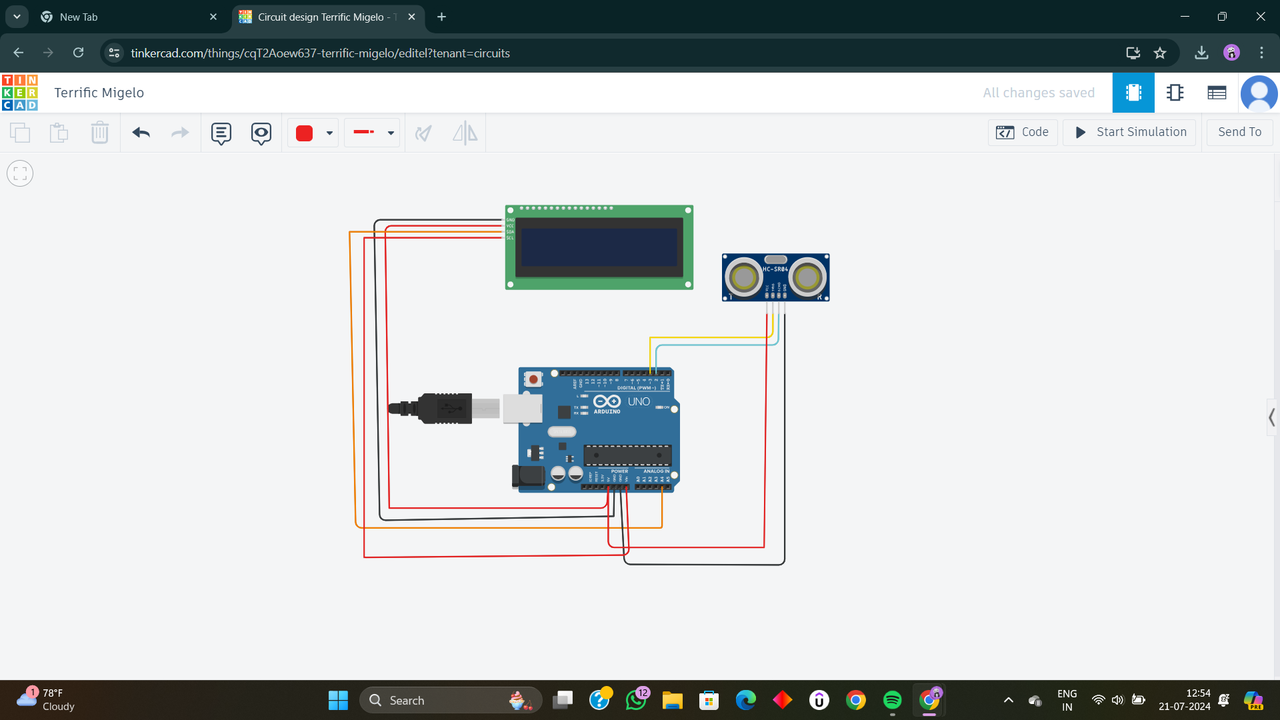
3) LED toggle using ESP32
In this task, I had to build a web server to interact with the ESP32 microcontroller, allowing control over the LEDs. Initially, I struggled with the task, but with help from coordinators, I learned how to complete it.

4) Soldering
I learned the basics of soldering using a perf board by soldering an LED. I gained an understanding of the tools used in soldering, such as flux, soldering lead, sandpaper, and a soldering stand.
5) Working with GitHub
I had heard of GitHub before but didn’t know how to use it effectively. With assistance from friends and coordinators, I learned how GitHub works and its real-world applications. Despite being new to Python, I was able to correct simple Python code by understanding the logic and was also able to navigate C++ basics due to my prior knowledge of C programming.
6) Article using Markdown
I wrote an article in Markdown and uploaded it to Kaggle. It was also published on the Marvel website. Through this task, I learned how to structure articles with headings, insert images, and format text for emphasis (bold and italic).
7) K-map and Deriving Logic Circuit
I used Karnaugh maps (K-map) to design a logic circuit for a burglar alarm system. The alarm is triggered when the door is open, and the switch is closed. I successfully executed this function using a NAND gate-based circuit.

8) Design an Astable Multivibrator
In this task, I generated signals for a specific frequency using an IC555 timer, which consists of an SR flip-flop, an operational amplifier, and a transistor. To provide a stable 5V input, I used an Arduino board.
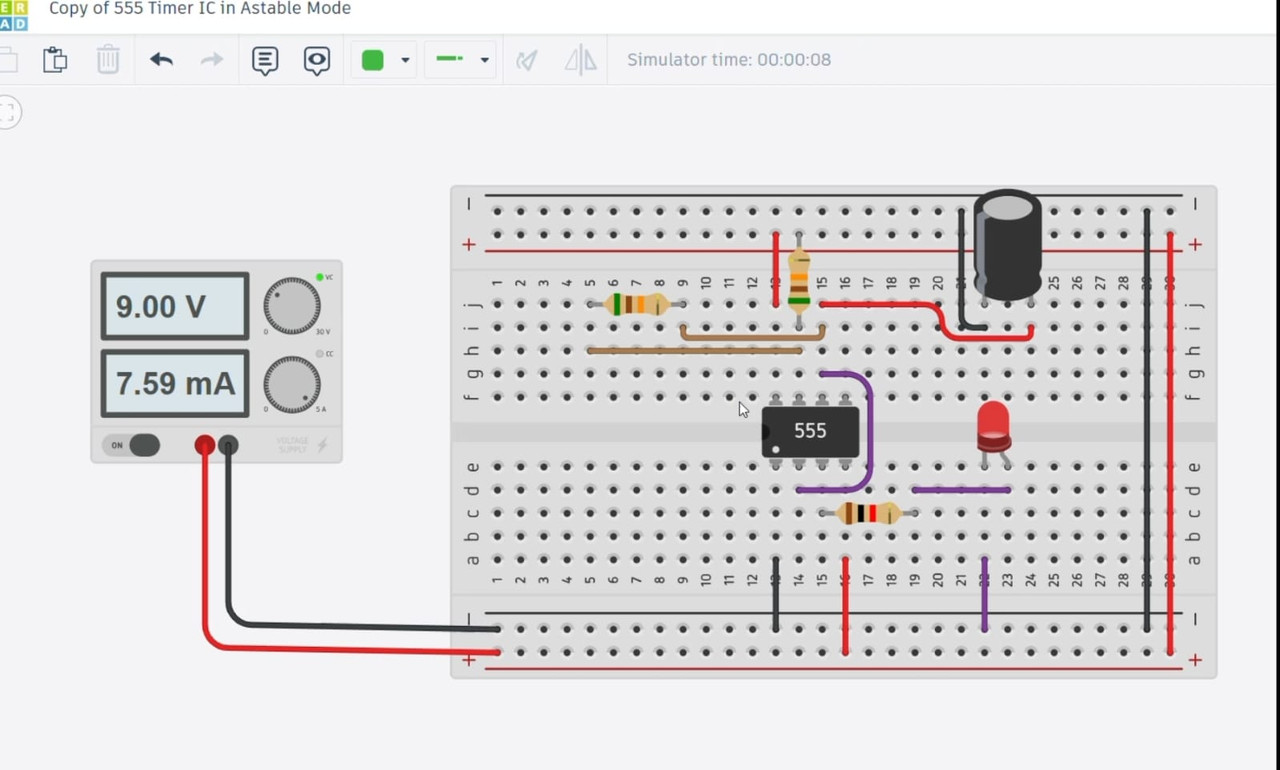
9) Active Participation
I participated in an inter-college level competition called Impertus 23, conducted by UVCE. During the Hack-a-Maze competition, I built a robot capable of solving mazes.
10) API
I learned how to use API keys in simple applications, such as a weather app. While I did not achieve the full desired output, I made significant progress in understanding API functionality.
11) Portfolio Website
I created a personal portfolio website using HTML. The site includes basic information about me and showcases my work.
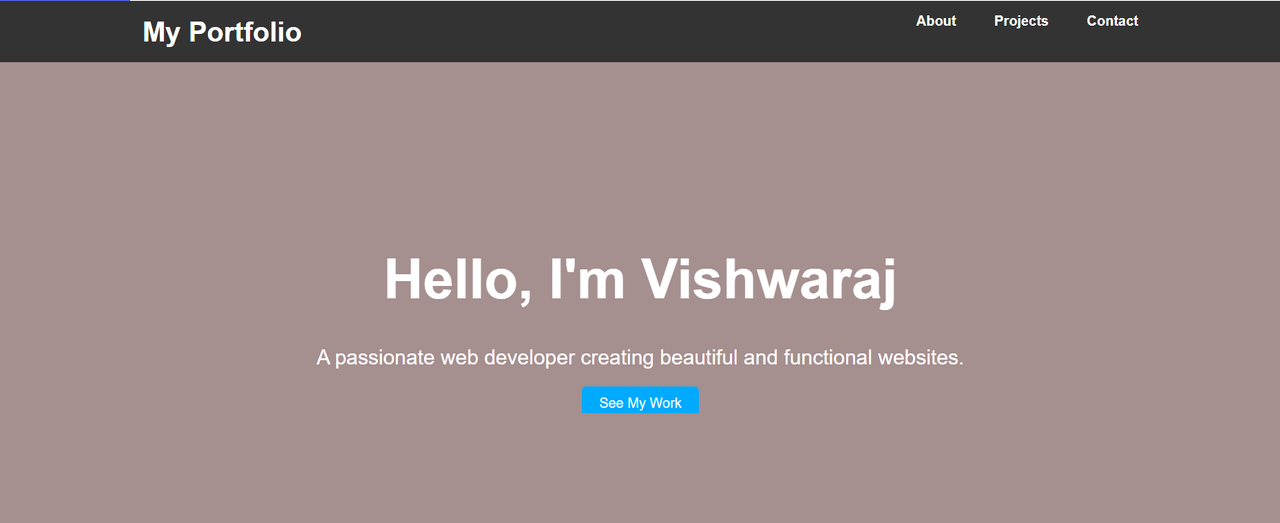
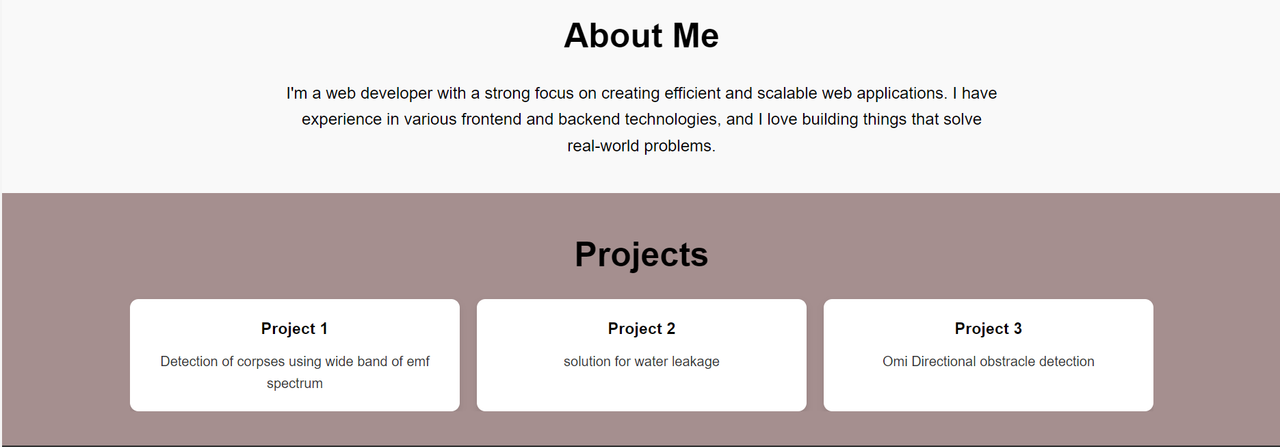

12)Kaggle contest
Create a Kaggle account, visit the website, and participate in a competition.
Get started by joining the Titanic Machine Learning competition, which is an excellent first challenge for beginners to dive into the world of machine learning competitions and familiarize themselves with the Kaggle platform.
The task is straightforward: use machine learning to build a model that predicts which passengers survived the Titanic disaster based on the available dataset.

13)Speed control of DC Motor
Explore fundamental techniques for controlling DC motors and understand how to control a DC motor using the L298N motor driver and an Arduino UNO board. Utilize the UNO and the H-Bridge L298N motor driver to control the speed of a 5V BO motor. First, simulate the setup on Tinkercad, then implement it on actual hardware. Record videos of both the simulation and hardware execution for documentation.
14)Datasheets report writing
Here is a summary of the quantitative details for the MQ-135 gas sensor, based on its technical specifications:
A. Standard Work Conditions:
- Circuit Voltage (Vc): 5V ± 0.1V (AC or DC)
- Heating Voltage (VH):5V ± 0.1V (AC or DC)
- Load Resistance (RL): Adjustable
- Heater Resistance (RH): 33Ω ± 5%
- Heating Consumption (PH):Less than 800mW
B. Environmental Conditions:
- Operating Temperature (Tao): -10°C to 45°C
- Storage Temperature (Tas): -20°C to 70°C
- Relative Humidity (RH): Less than 95%
- Oxygen Concentration (O2):21% (minimum concentration over 2% for proper sensitivity)
C. Sensitivity Characteristics:
- Sensing Resistance (Rs): 30KΩ to 200KΩ at 100ppm NH3
- Detecting Concentration Range:
- NH3: 10ppm to 300ppm
- Benzene: 10ppm to 1000ppm
- Alcohol: 10ppm to 300ppm
- Sensitivity Slope Rate (α): ≤ 0.65 for NH3 (200ppm/50ppm)
- Preheat Time: Over 24 hours
D. Material and Configuration:
- Gas Sensing Layer: Tin Dioxide (SnO2)
- Heater Coil:Ni-Cr Alloy
- Tubular Ceramic Base:Al2O3
15)Introduction to VR
Virtual Reality (VR) refers to a simulated experience that can be similar to or completely different from the real world. Using a combination of hardware and software, VR immerses the user in a digitally constructed environment, allowing them to interact with that environment in real time. The goal of VR is to create a sense of presence, often called "immersion," where the user feels as if they are part of the virtual world.
